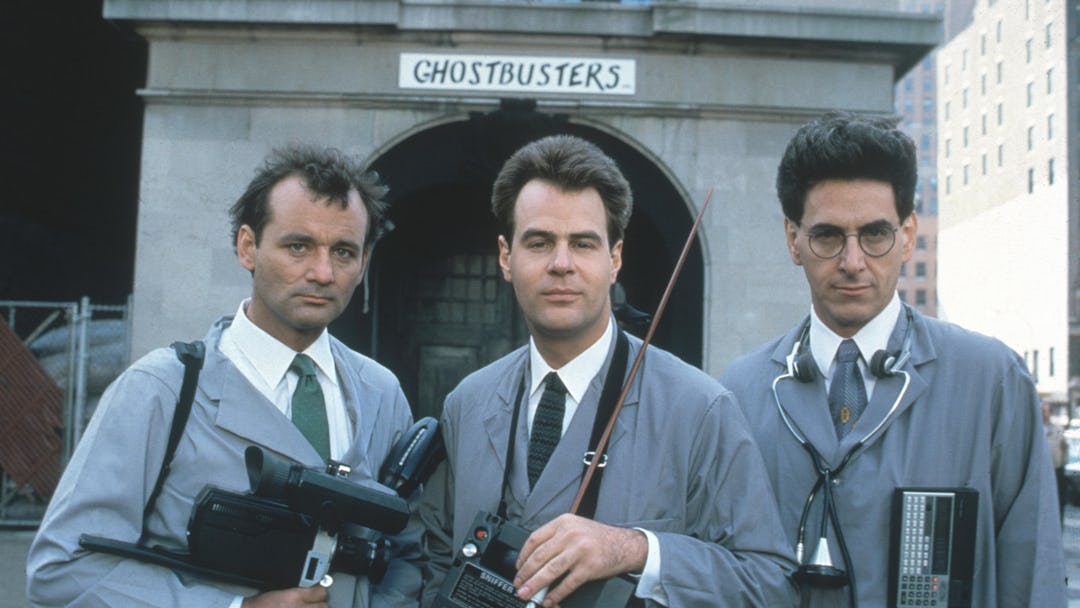To say that comedy would be different without Harold Ramis — who passed away today at age 69 — would be an understatement of the most epic proportions. Take a look at his career, which spanned four decades: First you have the Ramis who wrote and produced shows, along with radio and stage skits, for two of the most vaunted American comedy institutions at the peak of their powers: National Lampoon and Second City. You have the Ramis who saw the comedic genius in Rodney Dangerfield and produced some of that legend’s greatest work, and the Ramis who turned the John Hughes script for National Lampoon’s Vacation into one of the greatest comedies of all time.
But best of all was Harold Ramis’ work with Bill Murray — which stands as one of the greatest comedy partnerships ever in terms of both the work it produced and its everlasting influence. It not only launched Murray to the superstardom he enjoys to this day, but also changed comedy forever by presenting us with a full spectrum of different reasons to laugh. No single director, with the possible exception of John Landis between 1978 to 1988, did more to transform American comedy. The difference between Ramis and Landis (who directed classics like The Blues Brothers, Coming to America, and the Ramis-written Animal House) was that while could both direct, Ramis also wrote. He created the comedy instead of just bringing it to life. And with Murray, he created masterpieces.
As far as I’m concerned, 1993’s Groundhog Day will always remain the apex of the duo’s partnership — a partnership that was strained for years after the making of that film, until Murray visited his ailing collaborator’s bedside before his death. Long before they and the rest of the Groundhog Day cast and crew took over Woodstock, Illinois, Ramis and Murray had worked together on films like 1980’s Caddyshack and 1981’s Stripes. Ramis had also co-written Ghostbusters, which helped to make Murray an icon. These movies were already considered classics by a generation of comedy nerds — but Groundhog Day transcended all that. Yes, that’s due in part to a premise that’s eternally ripe for analysis, but its execution reflects the 20 years Ramis and Murray had spent working together. There’s true elegance in the way they pull off every line, every joke, and every scene.
Trace the evolution of Ramis and Murray’s work from 1979’s Meatballs to Groundhog Day, and you’ll begin to understand how much of what we call “modern comedy” owes to the work they did together. Their ’80s collaborations reinvented mainstream comedy, making it more timeless and just plain better, but Groundhog Day was a film unlike any other, and remains in a class by itself.
